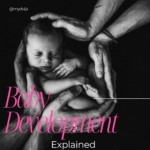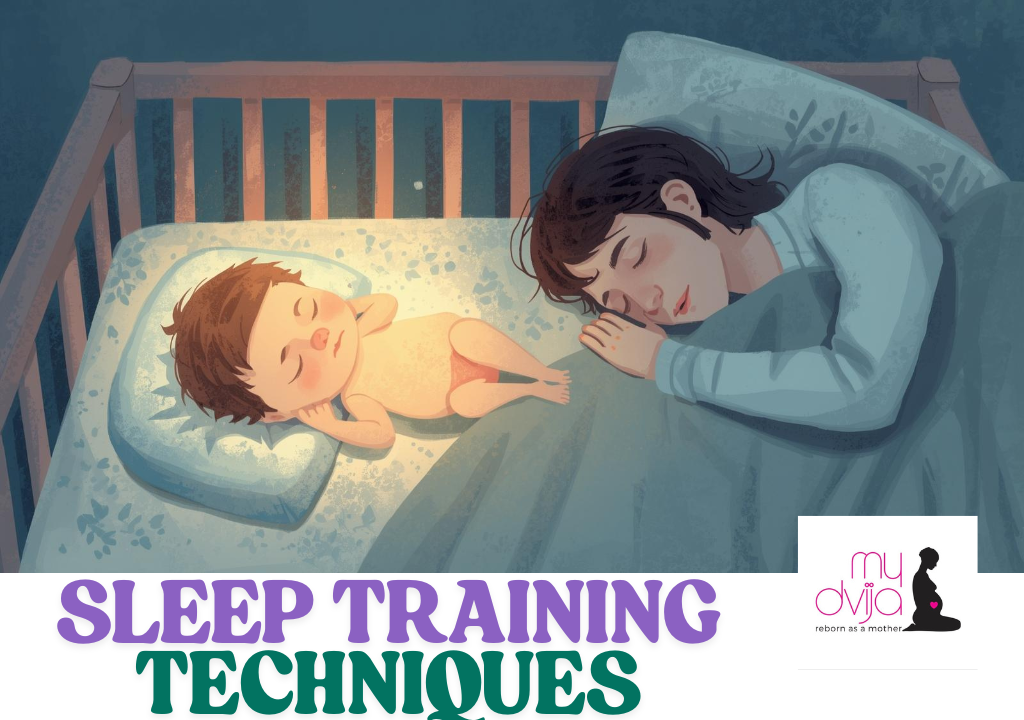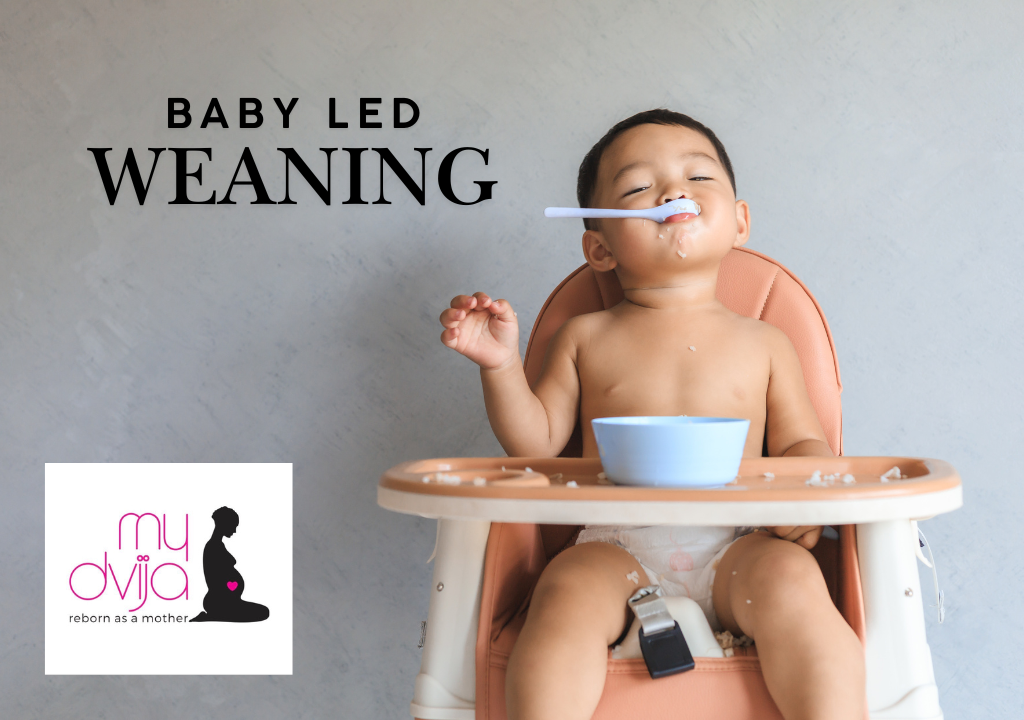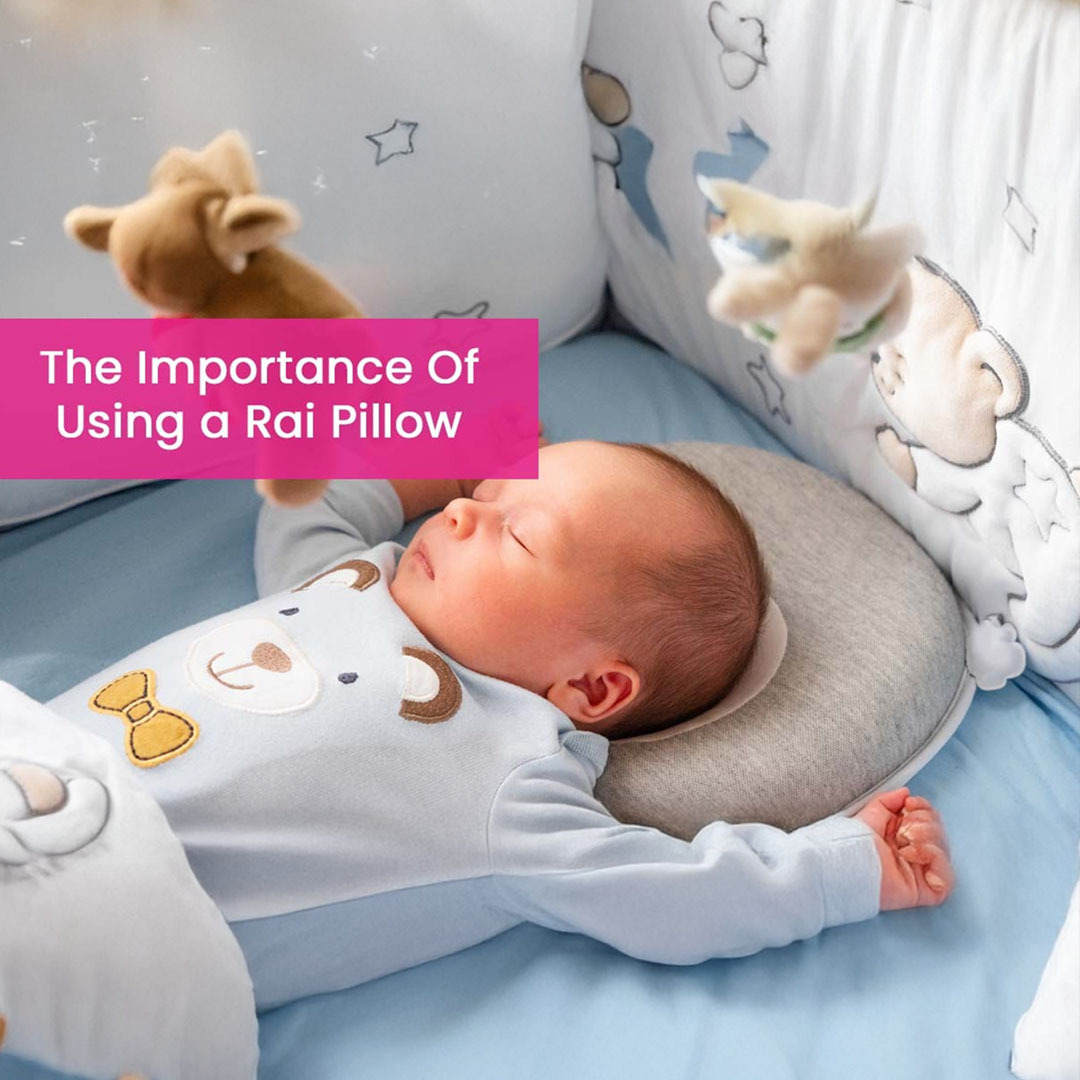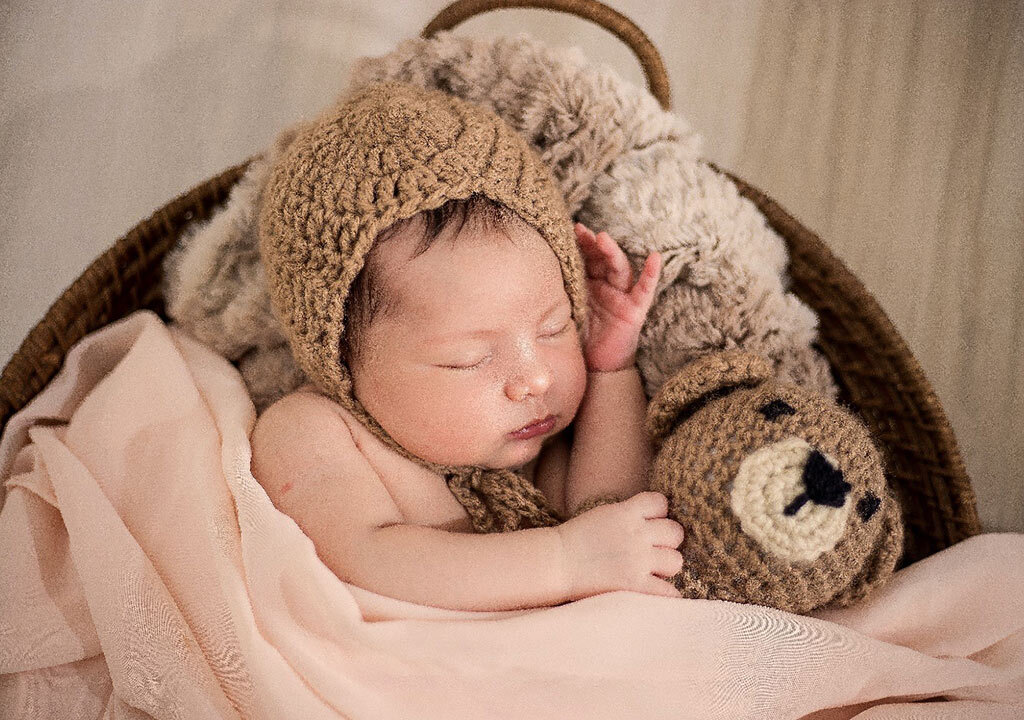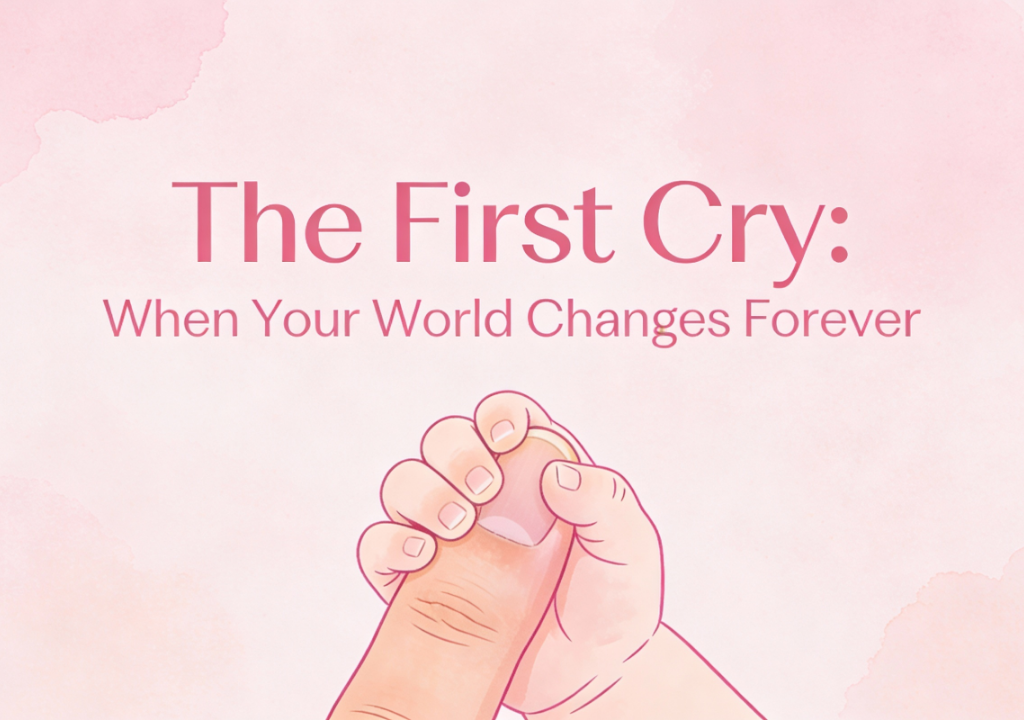
Blog
BABY DEVELOPMENT EXPLAINED : Key milestones to track
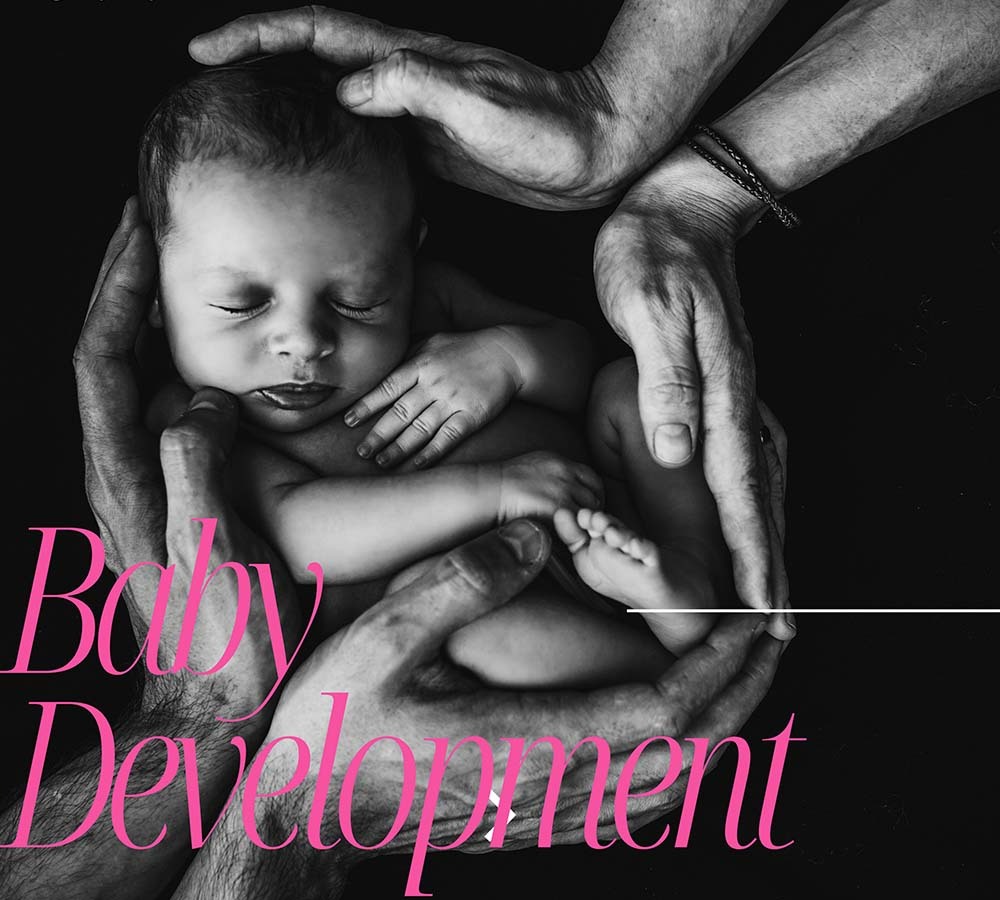
Introduction
Baby development is one of the most researched terms by new parents as understanding what is happening in our little human is a task. As complex as it may sound, baby development is something we as parents need to understand, track and achieve to make our parenting journey ideal. You can understand baby development by tracking milestones over the months as each small achievement builds up to overall holistic development of the baby.
Each month brings a new milestone that helps a baby develop a new skill, new strength and each of these helps with achieving the next. Baby’s physical, mental & social growth is interlinked with these monthly milestones. Growth is a qualitative term when it comes to baby whereas baby development is more of also a qualitative approach.
Milestones in Baby Development
Here is a list of milestones that a baby achieves in the initial years of birth along with the time range of months they will be achieving it in. Remember these ranges are just references based on research and the exact months of baby achieving them may vary from baby to baby. If you feel your baby has missed a milestone or you suspect a delay in achievement of a milestone please consult a pediatrician at the earliest.
– Physical Milestones
Key physical milestones in child development, such as crawling, walking, and fine motor skills, are critical indicators of growth and coordination. Understanding these milestones helps parents and caregivers effectively support their children’s development.
-
- Crawling
Crawling typically begins around 6 to 10 months of age.
It is an essential gross motor skill that allows infants to explore their environment more freely and develop spatial awareness. During this stage, babies strengthen their muscles and improve coordination as they learn to move on their hands and knees or through various crawling styles (e.g., army crawl, bear crawl). This mobility is crucial for cognitive development as it encourages exploration and interaction with objects and people in their surroundings
2. Walking
Walking usually occurs between 9 to 15 months. This milestone signifies a significant advancement in gross motor skills, as it requires balance, strength, and coordination. Initially, children may take a few steps while holding onto furniture (cruising) before walking independently. Walking not only enhances physical capabilities but also fosters independence and confidence in children. It opens up opportunities for social interaction and engagement with peers.
3. Fine Motor Skills
Fine motor skills involve the use of small muscle groups in the hands and fingers, allowing for precise movements necessary for daily tasks. Development of these skills begins at birth and continues into adulthood. Key milestones include:
-
- Infancy (0-12 months): Babies start with reflexive movements, such as grasping objects placed in their hands. By around 6 months, they can intentionally reach for toys.
- Toddlerhood (1-3 years): Children refine their fine motor skills by learning to use utensils, stack blocks, and engage in simple drawing activities. They begin to develop a pincer grasp (using the thumb and forefinger) around 9-12 months.
- Preschool (3-5 years): Children can cut with scissors, copy shapes, and begin writing letters. Activities like coloring and playing with play dough enhance dexterity and hand-eye coordination.
- Early Childhood (5-7 years): By this age, children can tie shoelaces, button clothing, and write legibly. They engage in more complex tasks that require coordination and control.
Importance of Fine Motor Skills
Fine motor skills are crucial for academic success as they are linked to writing abilities and other school-related tasks. They also play a significant role in self-care activities such as dressing, eating, and personal hygiene. Delays in fine motor skill development can indicate underlying issues that may require intervention.
Supporting Development
Parents can support the development of crawling, walking, and fine motor skills through various activities:
-
- Encourage Tummy Time: This helps infants build strength in their necks and shoulders necessary for crawling.
- Create Safe Spaces: Allow babies to explore safely on the floor to encourage crawling.
- Provide Manipulative Toys: Toys that require grasping or stacking can enhance fine motor skills.
- Engage in Playful Activities: Activities like drawing, painting, or playing with clay can strengthen hand muscles and coordination.
By understanding these milestones and actively participating in supportive activities, caregivers can foster healthy physical development in children.
Cognitive Milestones
Cognitive and emotional development in early childhood are fundamental for a child’s growth and well-being. These milestones include recognizing faces, problem-solving abilities, social interactions, attachment to caregivers, and emotional regulation.
Cognitive Developments
Recognising Faces
Face recognition is a critical cognitive milestone that typically begins around 2 to 3 months of age. At this stage, infants can differentiate between familiar and unfamiliar faces, showing a preference for those they know, especially their primary caregivers. This ability is essential for forming social bonds and developing trust. By 6 months, infants demonstrate increased awareness of their surroundings and can recognize caregivers consistently, which plays a significant role in their emotional security and social development.
Problem-Solving Abilities
Problem-solving skills start to emerge as infants explore their environment. Around 8 to 12 months, children engage in simple problem-solving tasks, such as reaching for toys that are out of reach or figuring out how to manipulate objects to achieve desired outcomes. This exploration fosters cognitive flexibility and creativity. As children approach 18 months, they begin to exhibit more advanced problem-solving strategies that involve planning actions without direct manipulation of objects. For instance, they can anticipate where a hidden object might be located based on memory rather than visual confirmation.
Emotional and Social Milestones
Social Interactions
Social development begins at birth with the formation of attachments to caregivers. Infants express their needs through crying and smiling, which elicits responses from adults. By 6 months, they show awareness of social dynamics by responding to others’ emotions and engaging in games like peek-a-boo. As children grow into toddlers (1-3 years), they start to engage in parallel play—playing alongside but not directly with other children—and gradually move towards more interactive play as they develop social skills.
Attachment to Caregivers
Attachment theory posits that secure attachments formed during infancy are crucial for emotional health. Consistent responses from caregivers help infants develop trust and security, laying the groundwork for future relationships. By 12 months, children typically exhibit attachment behaviors such as seeking comfort from caregivers when distressed or exploring their environment while keeping an eye on their caregiver’s location. This attachment fosters emotional regulation skills as children learn to navigate their feelings through the support of responsive adults.
Emotional Regulation
Emotional regulation refers to the ability to manage one’s emotions effectively. Infants begin this process by relying on caregivers for comfort and guidance. By 2 years old, toddlers start expressing a wider range of emotions but may struggle with self-control, leading to tantrums or defiance as they assert their independence. As they approach preschool age (3-4 years), children become better at recognize their feelings and those of others, which helps them develop empathy and cooperative play skills.
Summary of Key Milestones
| Age Range | Cognitive Developments | Emotional/Social Milestones |
| 0-3 months | Recognizes caregiver’s face | Smiles socially; begins forming attachments |
| 4-6 months | Explores objects; responds to names | Shows awareness of familiar vs. unfamiliar faces; enjoys interactive games |
| 6-12 months | Simple problem-solving; object permanence | Exhibits stranger anxiety; prefers familiar people |
| 1-2 years | Engages in trial-and-error problem solving | Begins parallel play; expresses emotions verbally |
| 2-3 years | More complex problem-solving; imaginative play | Develops empathy; experiences tantrums; begins cooperative play |
Understanding these cognitive and emotional milestones allows caregivers to provide appropriate support that fosters healthy development in children. Active engagement, nurturing relationships, and responsive caregiving are essential components that promote growth during these formative years
